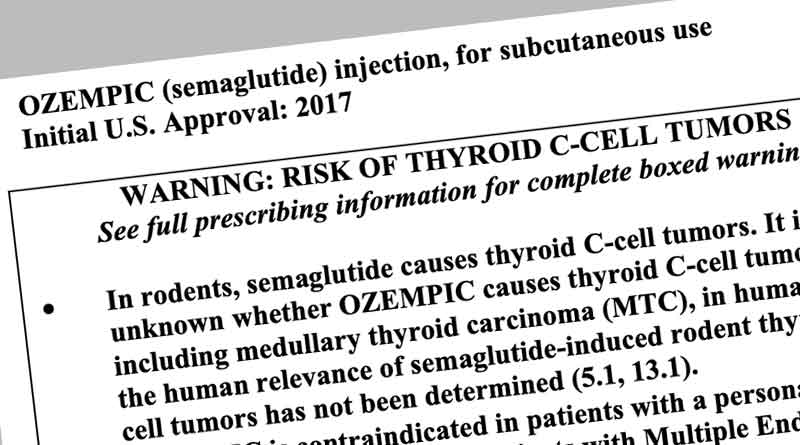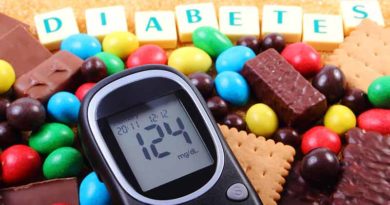Semaglutide & weight loss

Executive Summary
Please login to view this content
Introduction
An obesity drug remains one of the biggest opportunities for pharmaceutical companies, but it has proved to be one of the most elusive to date. Medications approved for weight loss by the Food and Drug Administration (FDA), the European Medicines Agency (EMA), and other regulatory bodies have had a troubled history. Several approved drugs have been withdrawn following serious adverse events. Various amphetamines were withdrawn for addiction, palpitations, and other side-effects. Fenfluramine and dexfenfluramine were withdrawn because of heart valve damage. An increase in major adverse cardiovascular events prompted the withdrawal of sibutramine in Europe and the US. Rimonabant reduced body weight and ameliorated some cardiovascular risk factors, but it was withdrawn because of adverse psychiatric issues. Drugs that have retained approval, such as Orlistat, have severe and debilitating gastrointestinal side-effects, which have limited their use.
I have written about two diet drugs in recent years. In September 2018, I covered a report from the European Society of Cardiology conference (Ref 1). A diet drug was presented at a cardiology conference because it was being claimed to be the first weight-loss drug deemed safe for heart health with long term use. The weight loss difference at one year was 4.2kg in the drug group and 1.4kg in the placebo group. The drug was called Lorcaserin and it was being marketed under the trade name Belviq. In February 2020 it was announced that lorcaserin was being withdrawn from the US market due to increased occurrence of cancer (Ref 2).
The rest of this article is available to site subscribers, who get access to all articles plus a weekly newsletter.
To continue reading, please login below or sign up for a subscription. Thank you.




